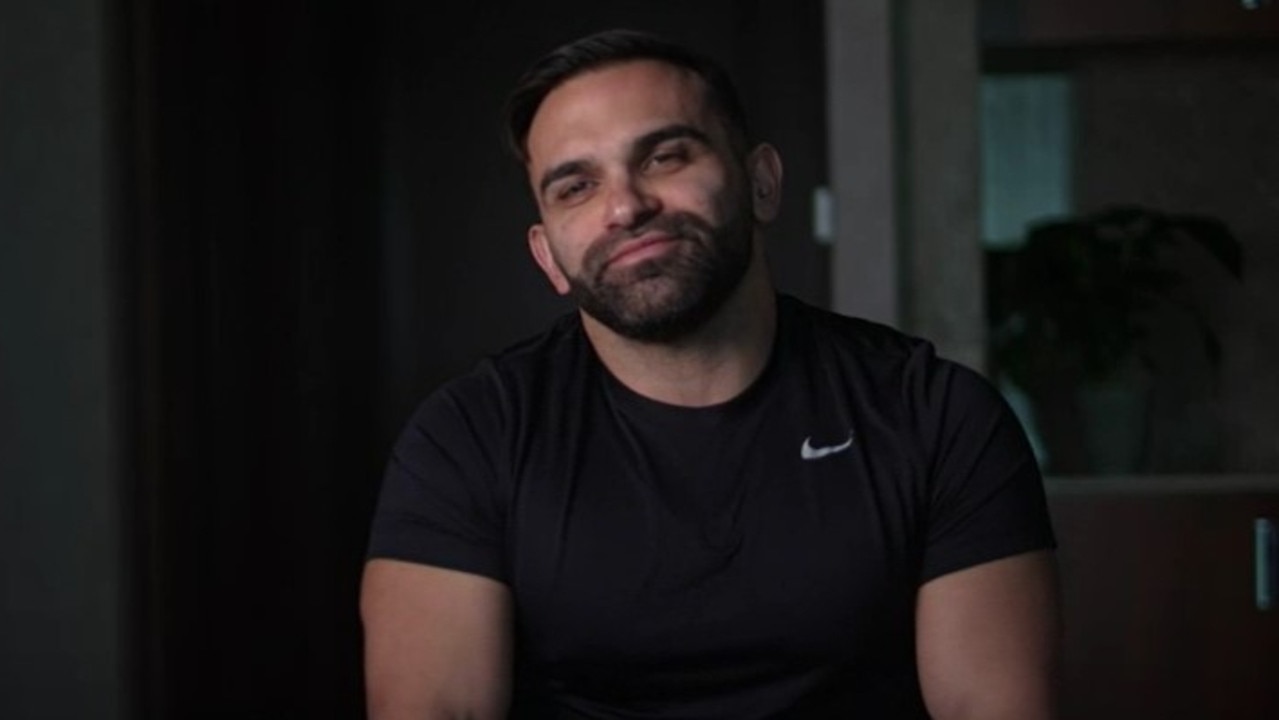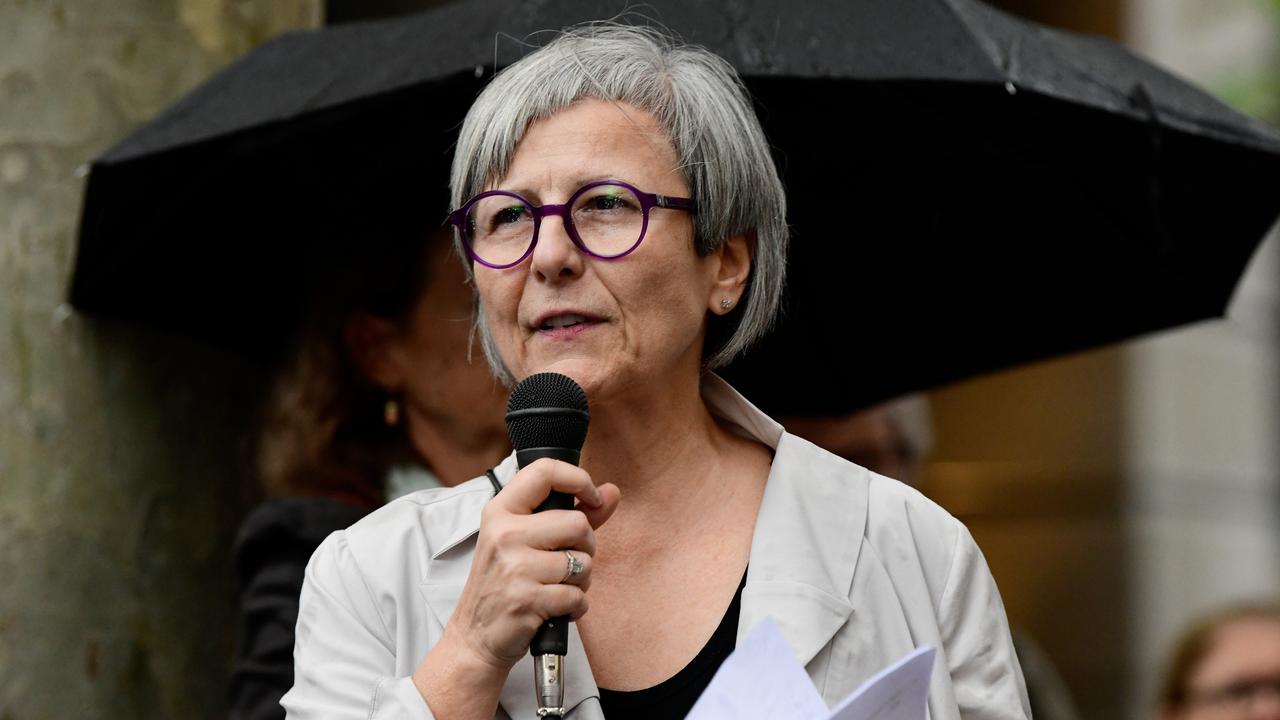Regional news titles battling on but need help to evolve in digital era
After navigating digital disruption and Covid-19, regional newspaper publishers have been building a more robust model. But they are still in need of a helping hand.

Close to 200 regional publications have disappeared across Australia in the past decade, many faltering during and after Covid-19.
Despite the challenges, there were still 550 print news outlets across Australia as measured by the Public Interest Journalism Initiative’s final News Data report, published in January.
Of those, 453 were measured as local publications, with another 73 counted as community titles.
Regional newspaper publishers were offered a lifeline in 2018 by then communications minister Mitch Fifield when he launched the Regional and Small Publishers Innovation Fund with $50m made available over three years. More recently, the News MAP program last year detailed a total assistance package of close to $180m.
It’s a help, but not enough, claim publishers.
Country Press Association represents many of the owner-operators and smaller groups across Australia and boasts a membership of 240. More prominent members include Star News Group with over 50 titles and Macpherson Media with close to 20.
The CPA membership is growing too, with new titles sprouting in markets where bigger groups have pulled out.
In markets outside the capital cities, large and smaller publishers have been searching for a model that works best for them.
Antony Catalano and Alex Waislitz’s Australian Community Media is the biggest regional player and has worked hard to stabilise its portfolio of titles.
So too have independent titles dotted around Australia. The publishing model works best for owner-operators in smaller markets.
ACM is not a Country Press Association member, but they co-operate when it comes to industry lobbying.
Charged with the day-to-day running of ACM is chief executive Tony Kendall. He explained to The Australian that ACM reaches over four million people across much of Australia. “We’ve spent a lot of time over the last two years shaping the company into a very strong group of titles, making sure they’ve got a strong digital future as well.”
Some titles were closed, some became digital-only, while others were sold.
ACM is a member of the Boomtown media collective which aims to grow the pie for regional ad expenditure. Other members include News Corp Australia, publisher of The Australian, plus major broadcasters who reach into regional Australia.
At a state level, newspapers get modest support from some governments in terms of advertising. Victoria has been active after a promise made during Covid to take out a one-page ad in every title every week. NSW was a little slower to introduce something similar, but it is now supporting titles with advertising.
Federally, there is some action too as Mr Kendall explained: “We’re waiting on the outcome of the news media bargaining incentive. We’ll continue to work with the current government, the caretaker government, or a new government on prosecuting the case for the (tech) platforms to pay for the news.”
Andrew Schreyer is president of the Country Press Association, and the owner-operator of Victoria’s Warragul & Drouin Gazette.
The paper was first published in 1898, with his family connection dating back to his grandfather’s ownership in 1951.
His title, and many others, are having success being hyper-local. “That means local footy, netball and basketball plus school sports results and local council coverage. Things the ABC and regional TV don’t do,” he said.
Many of the members have a digital product, but all of them are very active in print. Mr Schreyer’s own newspaper averages around 80 pages a week. He feels the market isn’t ready to sustain a digital-only regional model.
“There’s not enough people prepared to pay for a digital-only product in the regions. And there’s certainly not enough advertising revenue to sustain journalism for a digital-only product just yet,” he said.
Mr Schreyer is hopeful the government is listening to CPA lobbying on ad spending: “The federal government spends upwards of $65m a year on digital advertising. This year it has spent less than $500,000 in the 240 papers that are part of Country Press Australia.”
Publishers have been lobbying hard to get Meta and TikTok to the negotiation table. They are happier with Google’s response.
The company has been a supporter of public interest journalism and remains the only tech platform with commercial agreements with Australian publishers, including News Corp Australia.
In the past four years, Google has signed agreements with over 80 Australian news and companies representing 218 news outlets.




To join the conversation, please log in. Don't have an account? Register
Join the conversation, you are commenting as Logout